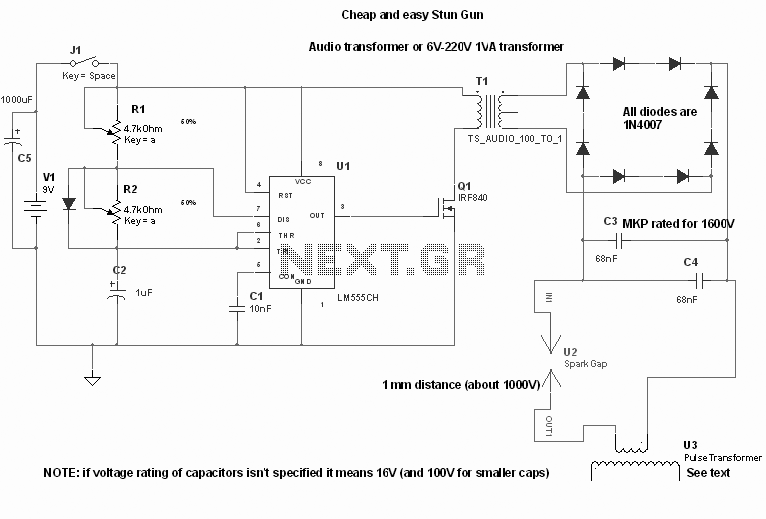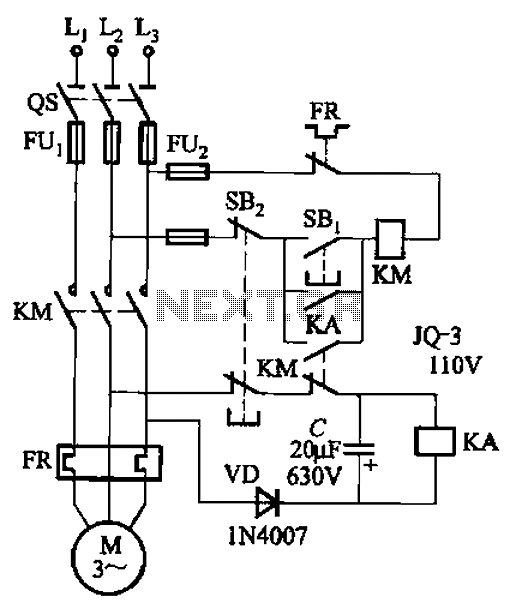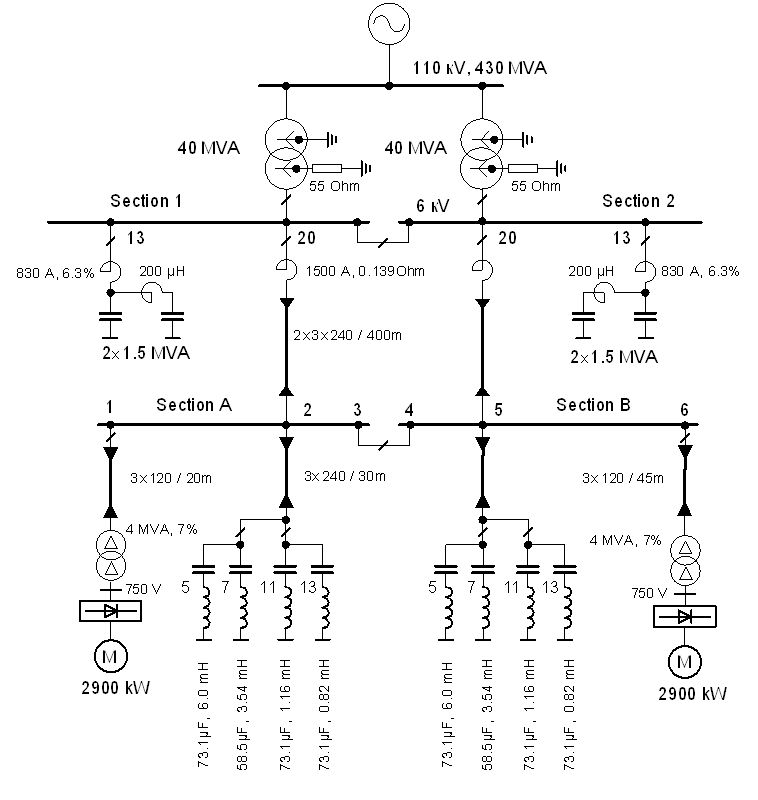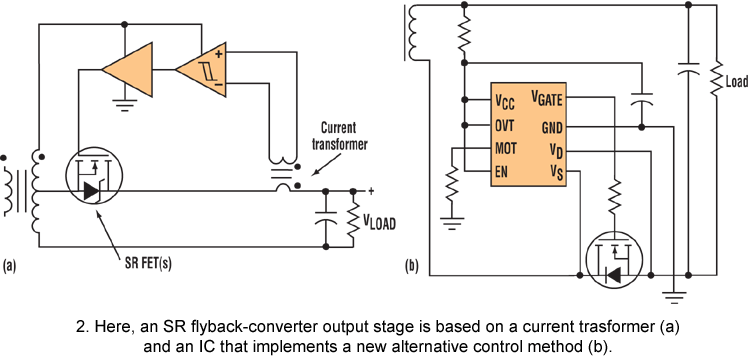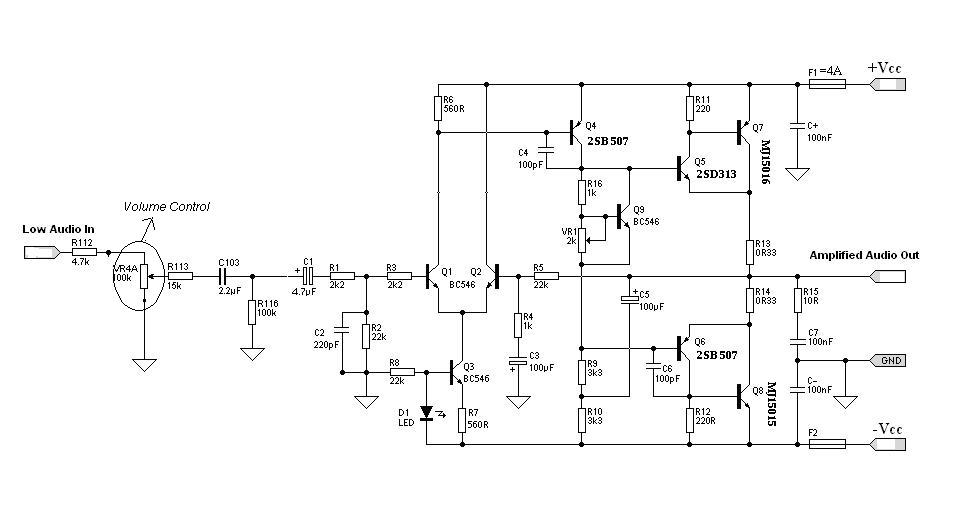
3.6 Volt Lithium Ion Battery Charger (PIC12F675)
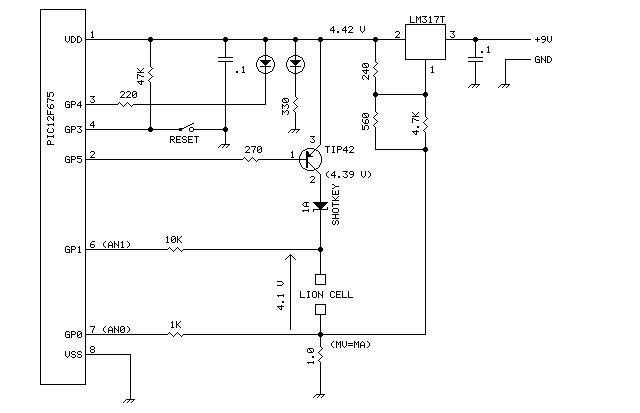
Lithium Ion batteries pack a lot of power by weight compared to other types. There are 2 things that need to be handled differently than nicad or NiMH. They cannot be used as a direct substitute (even if they look like other AA's) since they run at about 3.6 (or so) volts. They cannot be charged in the same way as nicad or NiMH. More: Normally, you put in a specified current (about 0.2C) until 4.2 volts is reached. Then, you keep the voltage tightly regulated at 4.2 volts until the charge rate drops to 10 percent (about 0.02C).
This design uses a regulated supply for both parts of the charging. Only the charging current is monitored since the supply voltage is maintained at 4.2 volts. The charging current is controlled using variable pulse width of the voltage feed.
Lithium-ion batteries are known for their high energy density and efficiency, making them a popular choice for portable electronics. However, their charging requirements differ significantly from those of nickel-cadmium (NiCd) and nickel-metal hydride (NiMH) batteries. The nominal voltage of a lithium-ion cell is approximately 3.6 volts, which necessitates a dedicated charging circuit that can handle this voltage without exceeding it, as doing so can lead to battery damage or even catastrophic failure.
The charging process for lithium-ion batteries typically involves two main phases: constant current (CC) and constant voltage (CV). Initially, a constant current is applied, usually set at around 0.2C, until the battery voltage reaches the maximum threshold of 4.2 volts. This phase is crucial for safely bringing the battery up to full capacity. Once the voltage limit is reached, the charger transitions to the constant voltage phase, where the voltage is maintained at 4.2 volts. During this phase, the charging current gradually decreases until it drops to around 10% of the initial charging rate, approximately 0.02C, indicating that the battery is fully charged.
To implement this charging strategy, a regulated power supply is essential. The design should include a voltage regulation circuit that can maintain the output at 4.2 volts with minimal fluctuation. The charging current can be controlled through pulse width modulation (PWM), which allows for fine-tuning of the current supplied to the battery. This method provides a means to adjust the average current delivered to the battery while keeping the voltage constant.
It is critical to incorporate safety features into the design, such as overvoltage protection, temperature monitoring, and current limiting, to mitigate the risks associated with lithium-ion battery charging. Failure to adhere to proper charging protocols can result in overheating, swelling, or even explosions, underscoring the importance of a well-engineered charging circuit. The design should be rigorously tested to ensure compliance with safety standards and to confirm the reliability of the charging process.Lithium Ion batteries pack a lot of power by weight compared to other types. There are 2 things that need to be handled differently than nicad on NiMH. They cannot be used as a direct substitute (even if they look like other AA's) since they run at about 3.6 (or so) volts. They cannot be charged in the same way as nicad or NiMH. Normally, you put in a specified current (about 0.2C) until 4.2 volts is reached. Then, you keep the voltage tightly regulated at 4.2 volts until the charge rate drops to 10 percent (about 0.02C). This design uses a regulated supply for both parts of the charging. Only the charging current is monitored since the supply voltage is maintained at 4.2 volts. The charging current is controlled using variable pulse width of the voltage feed. Please Note: This type of battery is known to Explode if charged in the wrong way. It's up to you to decide if making this type of charger is within your technical abilites. 🔗 External reference
This design uses a regulated supply for both parts of the charging. Only the charging current is monitored since the supply voltage is maintained at 4.2 volts. The charging current is controlled using variable pulse width of the voltage feed.
Lithium-ion batteries are known for their high energy density and efficiency, making them a popular choice for portable electronics. However, their charging requirements differ significantly from those of nickel-cadmium (NiCd) and nickel-metal hydride (NiMH) batteries. The nominal voltage of a lithium-ion cell is approximately 3.6 volts, which necessitates a dedicated charging circuit that can handle this voltage without exceeding it, as doing so can lead to battery damage or even catastrophic failure.
The charging process for lithium-ion batteries typically involves two main phases: constant current (CC) and constant voltage (CV). Initially, a constant current is applied, usually set at around 0.2C, until the battery voltage reaches the maximum threshold of 4.2 volts. This phase is crucial for safely bringing the battery up to full capacity. Once the voltage limit is reached, the charger transitions to the constant voltage phase, where the voltage is maintained at 4.2 volts. During this phase, the charging current gradually decreases until it drops to around 10% of the initial charging rate, approximately 0.02C, indicating that the battery is fully charged.
To implement this charging strategy, a regulated power supply is essential. The design should include a voltage regulation circuit that can maintain the output at 4.2 volts with minimal fluctuation. The charging current can be controlled through pulse width modulation (PWM), which allows for fine-tuning of the current supplied to the battery. This method provides a means to adjust the average current delivered to the battery while keeping the voltage constant.
It is critical to incorporate safety features into the design, such as overvoltage protection, temperature monitoring, and current limiting, to mitigate the risks associated with lithium-ion battery charging. Failure to adhere to proper charging protocols can result in overheating, swelling, or even explosions, underscoring the importance of a well-engineered charging circuit. The design should be rigorously tested to ensure compliance with safety standards and to confirm the reliability of the charging process.Lithium Ion batteries pack a lot of power by weight compared to other types. There are 2 things that need to be handled differently than nicad on NiMH. They cannot be used as a direct substitute (even if they look like other AA's) since they run at about 3.6 (or so) volts. They cannot be charged in the same way as nicad or NiMH. Normally, you put in a specified current (about 0.2C) until 4.2 volts is reached. Then, you keep the voltage tightly regulated at 4.2 volts until the charge rate drops to 10 percent (about 0.02C). This design uses a regulated supply for both parts of the charging. Only the charging current is monitored since the supply voltage is maintained at 4.2 volts. The charging current is controlled using variable pulse width of the voltage feed. Please Note: This type of battery is known to Explode if charged in the wrong way. It's up to you to decide if making this type of charger is within your technical abilites. 🔗 External reference
